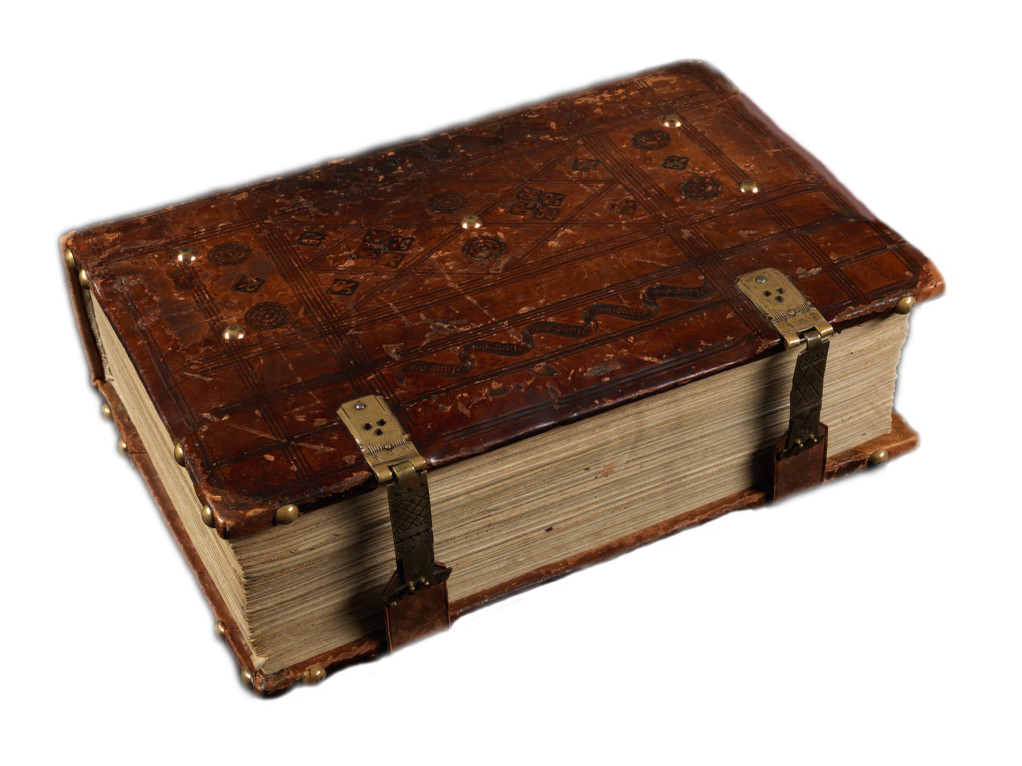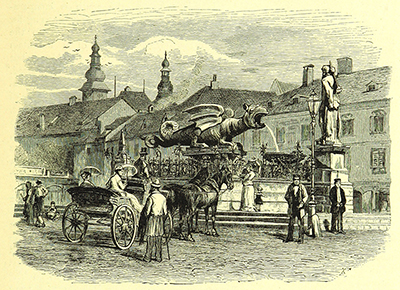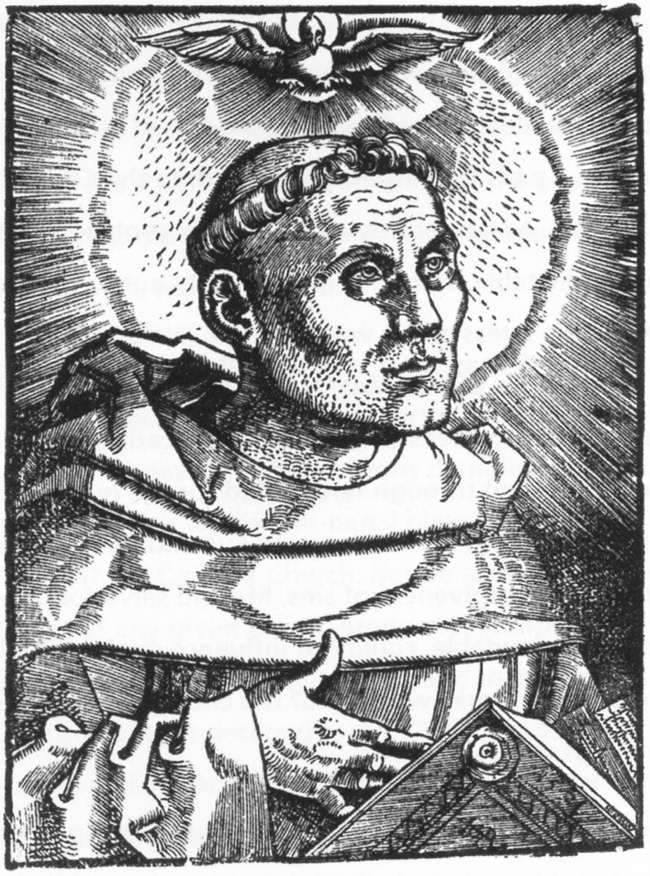— The Scriptorium —
Guildwater News Archive
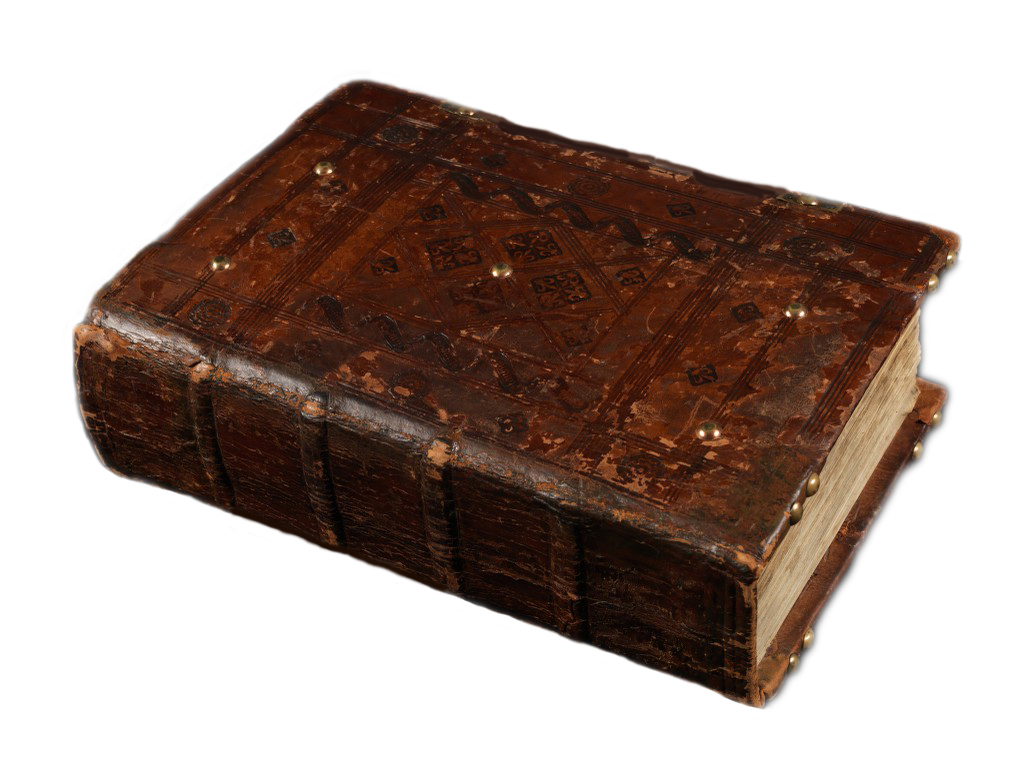
THAYER SARRANO
(Klagenfurt, Austria)
September 26, 2016 (Monday) - Thayer Sarrano and her Tour Europa arrive in Klagenfurt, in the state of Carinthia, in the southern reaches of Austria. Along with cohorts Ted Kuhn (bass) and Jason Nazary (drums), she plays the Lendhafencafé, nestled in the Eastern Alps, at an elevation of some 1,400 feet. This is the first of three dates in Austria. Others include stopovers in the capital of Vienna, and then Salzburg. Austria is, of course, now a republic, but was once the patrimonial lands of the Holy Roman Empire of the Habsburgs. Carinthia became a possession of the dynasty as early as the fourteenth century, and remained so until the dissolution of the Austro-Hungarian Empire in 1918. The earliest written documentation regarding Klagenfurt dates to the 1100s, although archaeological evidence for the surrounding area extends back to prehistoric periods. Lore from those earliest periods lives on in the foundational myths of Klagenfurt itself. It is even set in stone at the city's center -- the Lindwurmbrunnen (Lindwurm Fountain), built in the 1500s.
The story goes that a lindwurm (or winged-dragon), not uncommon to Germanic and still earlier Norse legend, lived in a nearby lake, preying on the local population, requiring sacrificial maidens for its appeasement. The lindwurm was eventually slain by two brave local men, permitting the safe establishment of Klagenfurt and its rampway to growth. Should you ever doubt that such things could ever be true, our Guildwater Scriptorium possesses the full DVD set of Richard Wagner's Der Ring des Nibelungen, which is itself based on the Nibelungenlied (The Song of the Nibelung). We would be happy to loan our set to you. There, you can plainly see for yourself that such things (winged-creatures, river maidens, dragon-slayers, dwarves, and the like) still walk the earth, even in modern New York City, seasonally, at the Metropolitan Opera. You can watch all seven discs for yourself. That would take you about 16 hours, including curtain calls, but not popcorn or soda breaks. Or you can read here our brief chronicle of the Tour Europa of Thayer Sarrano, and accept our word for it. The choice is yours, and you should choose that which best fits your inclinations and schedule. Regarding our particular copy of the Ring Cycle, purists will snidely point out that our edition was not performed and filmed at Bayreuth itself. This saddens us, too, we must admit. We console ourselves with the fact that our edition does bear the Deutsche Grammophon imprint. If it's fit to print for those folks, it's is good enough for us Guildwater Scribes. Regarding our DVD edition, we note with humble pride that Jessye Norman, who was born in Augusta (Georgia), just up the road from our Scriptorium, plays the role of Sieglinde. Also, more remarkable than all the winged Walküren in the world is the amazing hairdo of maestro James Levine. When he mounted the podium, we at first thought that it was the ghost of Rob Tyner of the Motor City 5 (MC5), dressed incongruously in a tuxedo, and armed with a conductor's baton. We then realized that it was Levine, kicking out Wagnerian jams, much harder than the MC5 ever dreamed. If these matters seem arcane to you, we have devised a grueling pop quiz to test your knowledge of the mythic lore surrounding this as yet undiscovered MET-MC5 Levine-Tyner Connection: "Brothers and sisters, the time has come for each and every one of you to decide.... You must choose, brothers. You must choose."
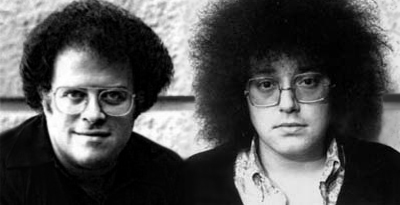
a. James Levine, who kicks out Wagnerian jams, is on the right.
b. Rob Tyner, a famous conductor at the MC5, is on the left.
c. These are twins separated at birth in the streets of Detroit.
d. All of the above is so true, it's kinda false somehow as well.
In conclusion, we Guildwater Scriveners should underline that we are well aware that Wagner's Bayreuth is found in modern Germany, and not Austria, where Thayer Sarrano plays this evening and across the next two days. We have three key points to make here, dispelling any possible misconceptions, while clearing up several misunderstandings regarding the general history of the world. (The third point is probably the more important, so please hold onto your hats.) First, the original Nibelungenlied, upon which Wagner based his libretto, is generally attributed to an anonymous author living in the late 1100s / early 1200s, somewhere along the Danube River, somewhere between Vienna and Passau, the latter of which is in Bavaria, in modern Germany. Second, as if all of this weren't confusing enough without mentioning the Metropolitan Opera of New York and the MC5 of Detroit, we should point out that, even though it was first put to parchment in the Danube basin of the Habsburgs, the original Nibelungenlied was based on a still earlier oral tradition. Both concerned the exploits of the Burgundians, a Germanic tribe who originally belonged to a much larger grouping of East Germanic Vandals. Far from extinct, the Vandals routinely spray paint graffiti on subways systems around the world even today. For instance, Jean-Michel Basquiat and Keith Haring are recent examples of more modern-day Vandals. The earliest Vandals, however, originated in Scandinavia, then vacationed in what is now Poland in the second century BC, before settling along the Rhine River basin, around the city of Worms, in the late third century AD. Worms itself is a city located in the Rhineland-Palatinate of modern Germany. There, at their court, the Burgundians established their kingdom in the 400s, filling the power vacuum created by the increasing disintegration of political authority in the Western half of the Roman Empire. This Burgundian kingdom encompassed portions of modern France, Germany, and Switzerland. Across the next several centuries, Burgundian lands were subsumed by other kindgdoms, and often reduced to the status of duchy therein. The very name Burgundy lives on in the region of Bourgogne in modern France. These particular Vandal-Burgundians either grew tired of constantly desecrating the SCNF, or simply ran out of aerosol spray paint altogether. Historical documents are unclear or mutually contradictory on these last points. Either way, the Burgundians eventually learned, or always knew, viticulture. Any vintage from the Côte de Nuits or the Côte de Beaune should go well with your dinner of steak and mashed potatoes this evening. Third, and finally, it is most important not to overlook the Germanic political and cultural ties that have extended across modern borders for thousands and thousands of years, long before the advent of our present-day state-system -- including even that of the Franks.

THAYER SARRANO
(Schwäbisch Hall, Germany)
September 24, 2016 (Saturday) - There stretches from Berlin to Schwäbisch Hall some 343 miles of German roadway, some 5 hours and 30 minutes of drivetime. Thayer Sarrano pushes her Tour Europa into the more southern regions of Germany, straight to the doorstep of Anlagencafé, where she is accompanied by her fellow musical attachés Ted Kuhn (bass) and Jason Nazary (drums). The Anlagencafé is a combo café-biergarten situated in Schwäbisch Hall, in Baden-Württemberg, the state that is the gateway to the near-mythic Black Forest, while sharing borders with neighboring France, and Switzerland. The capital of Baden-Württemberg is Stuttgart. The region is also capital to the headquarters of such internationally-respected companies as Carl Zeiss AG, SAP, and Porsche, among others. That is the contemporary period for Baden-Württemberg. More distantly, across the eleventh through the thirteenth centuries, powerful families shaped the region's history, and, by extension, that of Europe's -- namely the the Welfs (from neighboring Bavaria, but also Saxony) and local natives the Hohenstaufen (they're back again). The competition of these families for the throne of the Holy Roman Empire spawned the Guelph-Ghibelline struggles that also rocked the Italian peninsula down to Sicily, while pitting papal authority against that of the state. But enough of these Hohenstaufen for a moment. What then of the Council of Konstanz (Constance) of the early 1400s, which took place in the city on Lake Constance (Bodensee), in these lands of what is now modern Baden-Württemberg? The Council ended the Western Schism of the Papacy, and decided the fate of the Czech religious reformer Jan Hus. Interesting stuff, at least for us Guildwater Scriveners of the cloth. But let's talk Kultur for a moment, shall we?
Hans Baldung Grien
Less than 30 miles south of Schwäbisch Hall lies the town of Schwäbisch Gmünd, birthplace of Hans Baldung Grien (c. 1484-1545). Grien (or Grün) was a student of the much better known artist Albrecht Dürer, who sits at the pinnacle of the Germanic Renaissance period. In contrast to Dürer, there is, with Grien, less of a Renaissance feel, and something more medieval in flavor, if not subject. This is a good thing in our book, as viewed from our Scriptorium, through the lens of the one Guildwater monocle we tonsured brethren share among us all. From his woodcuts of the Protestant reformer Martin Luther as an erstwhile Augustinian Canon, to his paintings of the Holy Roman Emperor Maximilian I, from his Trinities, to his Pietàs, Grien's output was noteworthy. Most fascinating, however and perhaps, are his works marked by themes pervasive to the religious and political turmoil of the 1500s -- eschatology and fears of witchcraft. Grien's paintings, woodcuts, and etchings that addressed these subjects are as riveting, as unsettling, if not more grotesque, somehow, than anything produced by his elder but still contemporary practitioner of the arts -- Hieronymus Bosch. This is nothing more than our opinion, of which we possess too many, and which may all change tomorrow, or later this afternoon with the weather. Since we Scribes do not wish to fuel inadvertently another misogynistic witch-hunt or craze here in the twenty-first century, we will content ourselves to feature a woodcut attributed to Grien, depicting Luther, a native of the more northerly Eisleben, when he was still a good humble Augustinian monk, such as we, and not the disobedient, fiery reformer he later became. Although the link above is different, this image is, ultimately, sourced from a Hungarian website -- the Web Gallery of Art (WGA) -- which is amazing, given the depth of its pictorial riches.

— Guildwater Archive —
